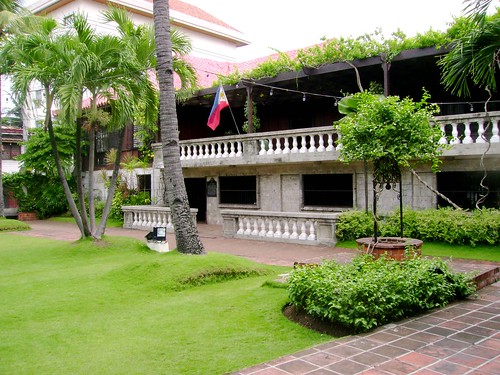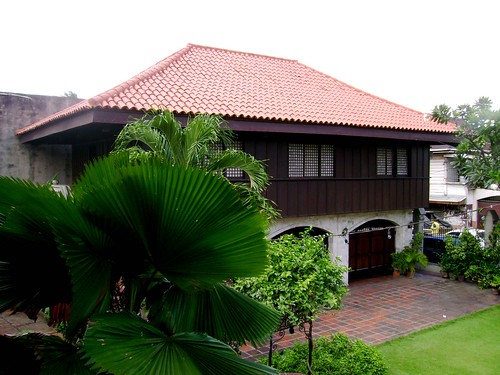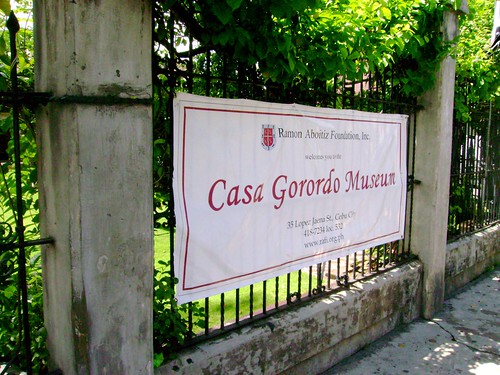[caption id="" align="alignnone" width="347" caption="One of Argao's pueblo gates that opens to the sea"]
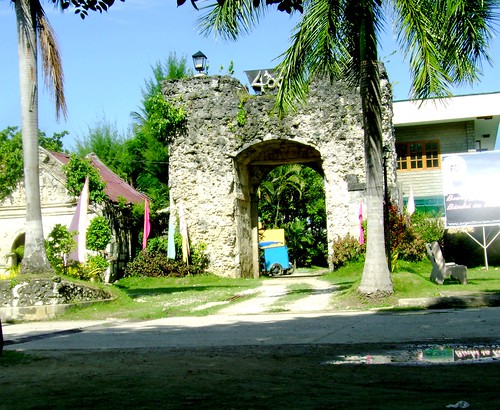
[/caption]
Argao 400One of Cebu’s most popular town is Argao. The town was established as pueblo in the year 1608. No records of it being founded in 1608 exist but the town’s citizens by tradition acknowledge 1608 as their foundation year. In 2008, they avidly celebrated their 400
th year with festivities and fireworks. The ‘08 feast was celebrated for nine straight days with
Pitlagong Festival, a celebration known for its dance competition as one of its highlights. A night was also spared to honor the finest son’s and daughter’s of Argao.
The book,
Argao 400: Legend and History, written by T.L. Sales under the commission of Mayor Edsel Galeos was launched during the festivities, a very engaging book that offers its readers with mesmerizing essays with reference to the town’s humble beginnings and its most important events.
[caption id="" align="alignnone" width="377" caption="Inside looking out (taken inside the municipio)"]
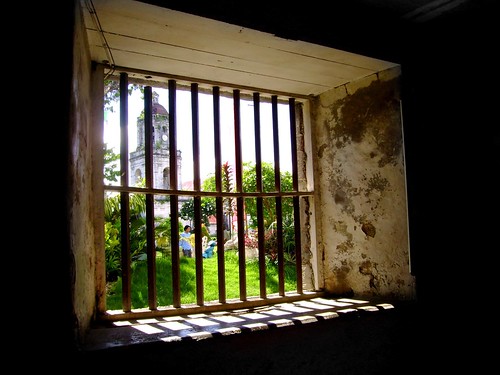
[/caption]
[caption id="" align="alignnone" width="299" caption="The beautiful ceiling painting of San Miguel"]

[/caption]
San Miguel el Arkangel de ArgaoThe oldest documents and relics can be found in San Miguel, a beautiful baroque-rococo church annexed by a convent that now serves as a museum. The first parish began in 1733
(a recent marker outside the church states the year 1734) and was only wholly completed in 1788.
Bishop Santos Gomez Maranon is credited to have pressed for the construction of a church made of hard materials in 1800’s. During his time as Cebu’s religious director, he established several churches and convents, a legacy unmatched by his predecessors.
[caption id="" align="alignnone" width="412" caption="The great Iglesia of Argao"]

[/caption]
[caption id="" align="alignnone" width="334" caption="A beautiful door in the left portion of the church"]

[/caption]
Argao was officially assigned to a certain Hernando de Monroy as encomienda. It remained a visita
(vicaria) under Carcar with Nuestra Sra. De Gracia as its patron in 21 June 1599. In 1730’s there were demands by the principales of Carcar to have a permanent parish for Argao as historically Carcar was the older and being the principal pueblo is not suppose to split their Padre with any town. The Augustinian’s then established the town parish in 16 October 1733 with San Miguel as its patron.
In the feast day of San Miguel in 1998, a town council tasked to repair the
Iglesia, headed by popular Argawanon, Hilario Davided Jr., presented the completion of restoration works that
“restored her and her premises to the original beauty and grandeur – in gratitude to her forebears who built her, in thanksgiving to God for the countless blessings he showered and continues to shower upon them, as an expression of the constancy of their love for our lady and their devotion to their patron saint and protector”. [caption id="" align="alignnone" width="397" caption="The municipio"]
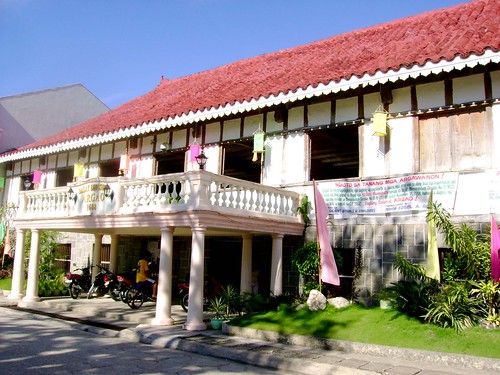
[/caption]
[caption id="" align="alignnone" width="403" caption="The road that leads to the sea"]

[/caption]
The Bermejo effectThe legendary Friar,
Julian Bermejo once served Argao as its parish priest (1802-04). The brilliant Padre Cura is credited for having defended towns from Oslob to Daan Bantayan against the Moro raiders with his simple but ingenious
baluartes. This happy state of affairs brought about by the success of keeping the town safe from pirates produced a boom in commerce and in population.
In 1890, the town’s residents was said to be the highest in the province with 31,058 inhabitants. The town’s population drew the attention of the Americanos and Teofisto Guingona Sr., head of the Bureau of Non-Christians, he then enticed the Argawanon’s to migrate under the promise of better opportunities’. The American’s encouraged these settlements in order to press forward their interest in the Moro lands.
[caption id="" align="alignnone" width="392" caption="The canons that defended the town from pirates"]
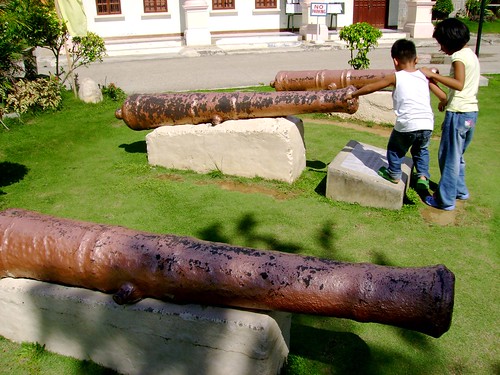
[/caption]
The Argao Walled ComplexAn enclosure built with meter thick walls kept the towns
Iglesia and its administrative building safe. Reminiscent of the gates of
Intramuros, the fortifications and its portals were positioned strategically; the eastern gates were said to have doubled as a sentry structure. On the east side the Puerto opens to the sea, this same gate received the galleon calls in the few occasions it visited the prosperous town. This portal also had a mortuary chapel that was concealed for years because of a clinic that was constructed next to it. When the local government tore down the clinic, the chapel was revealed!
The other portals were opened to the main
calles that made the complex accessible to the Argawanons. The gates are placed in a triangular arrangement. At its center is the Plaza Mayor that served the public as its recreational center, it had several gardens, benches and was separated by a low partition from the
parque of the
Iglesia.
[caption id="" align="alignnone" width="395" caption="one of the massive pueblo gate, most of the surviving old houses are American colonial "]

[/caption]
[caption id="" align="alignnone" width="331" caption="The Santos now looking more like trophies"]
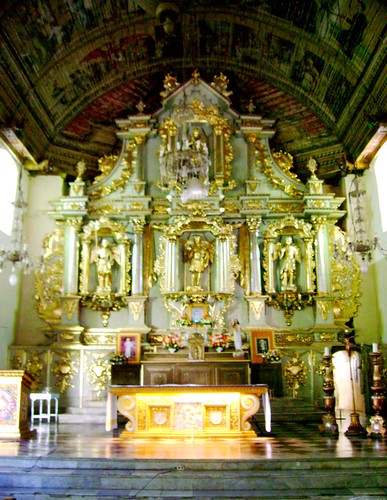
[/caption]
The Disastrous Changes! The controversy of the changes made by a priest who ordered to have portions of the
retablo and its main statues to be painted in gold was widely condemned. The ill judgment of the priest obviously failed to consider the rules of heritage conservation. The centuries old icon all of a sudden became golden
santos that disappointingly are unpleasant to the eyes for it appeared contemporary, worst is that it masked forever the exquisiteness and detail of its artistic creation.
The reckless renovation deprived the proud people of Argao a due recognition for their Iglesia to be one of the country’s very few World Heritage Site!
---
[caption id="" align="alignnone" width="399" caption="The sea of Argao, capping a wonderful tour"]
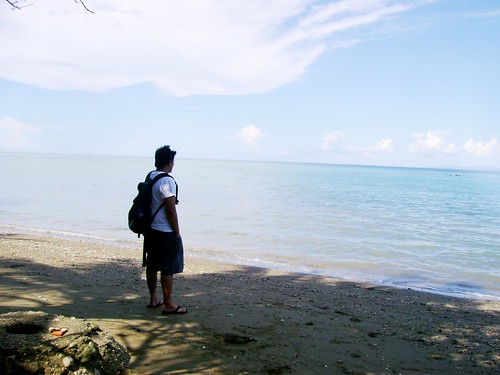
[/caption]
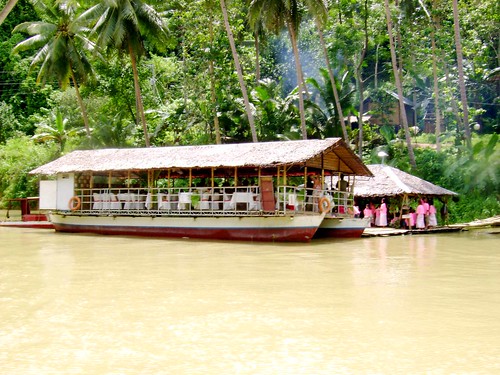
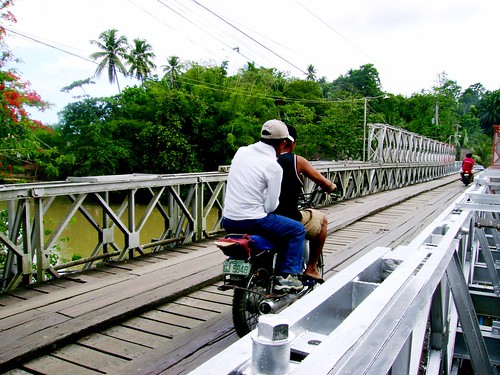
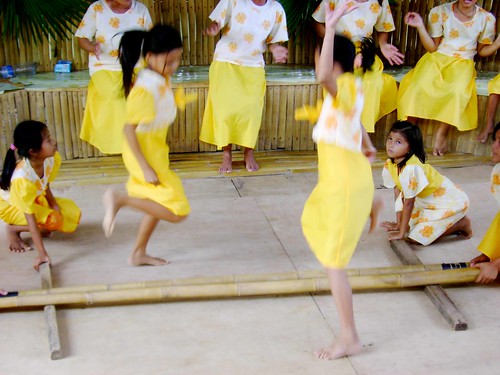
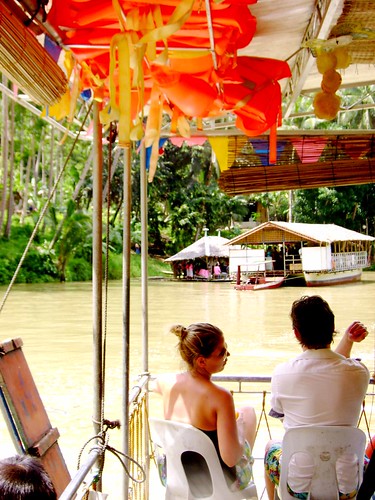


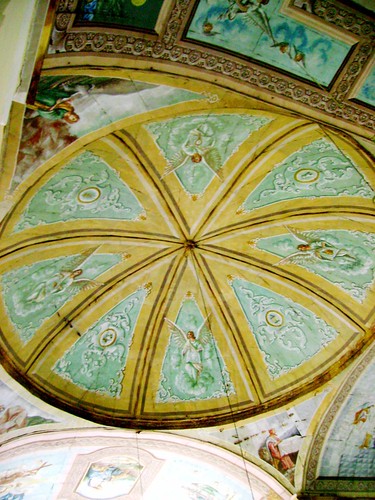
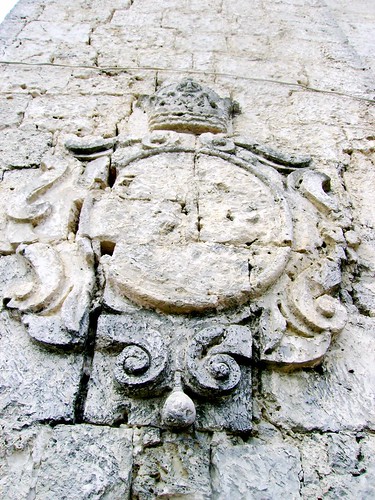
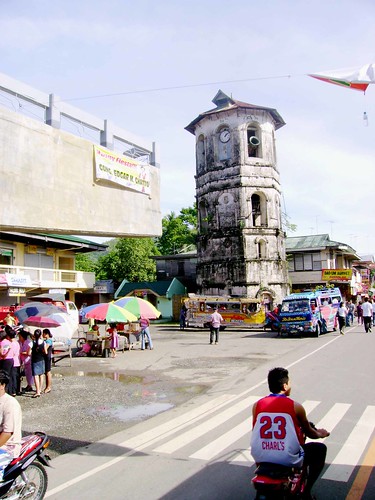
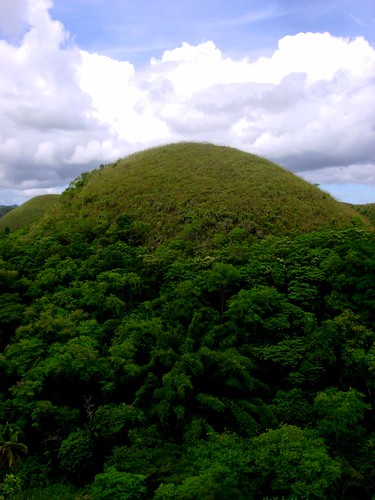 .
.
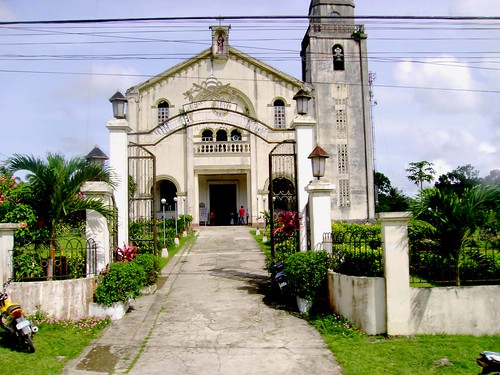
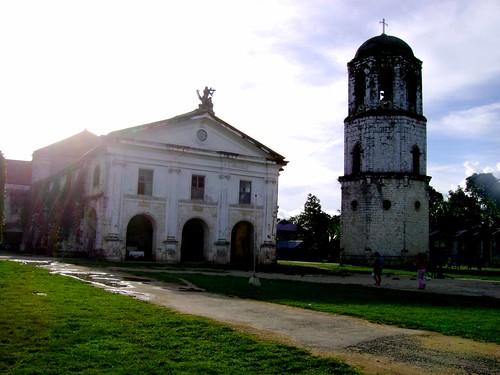
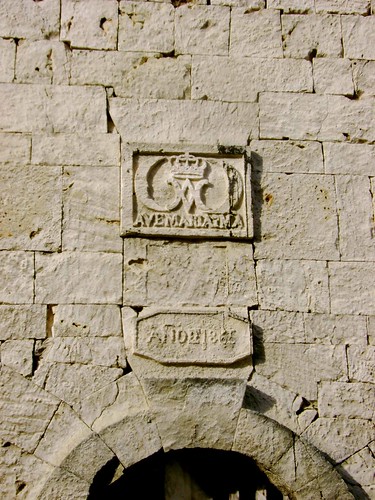



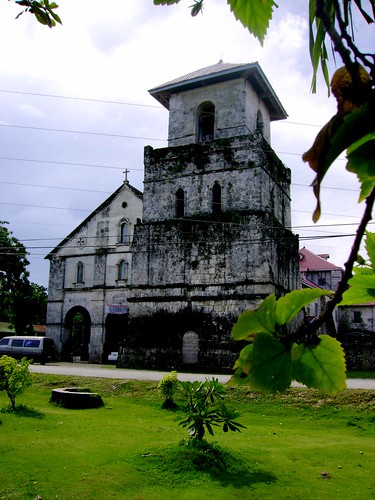
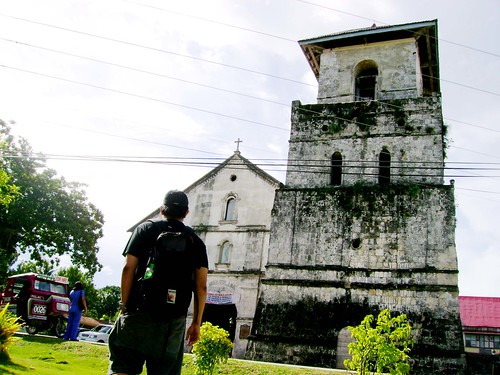 [/caption]
[/caption]
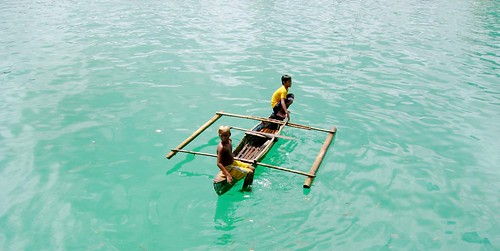 [/caption]
[/caption]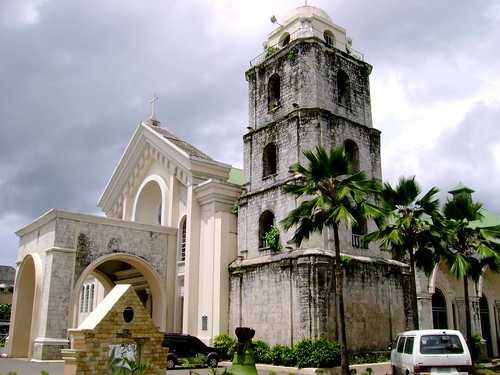 [/caption]
[/caption]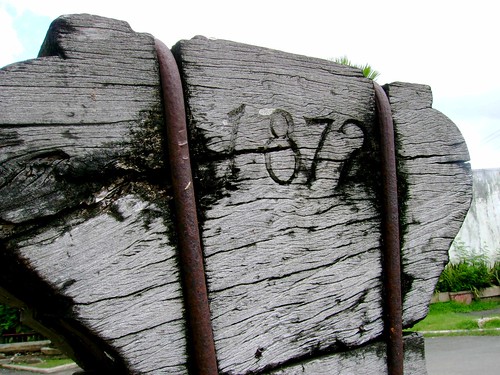 [/caption]
[/caption]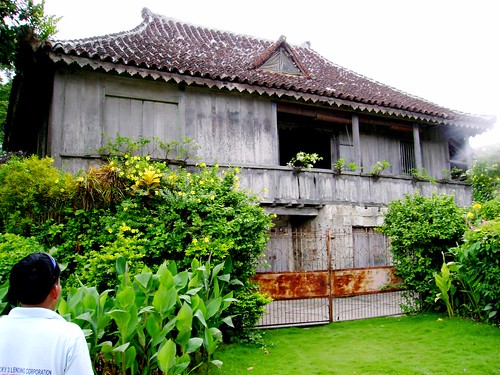 [/caption]
[/caption]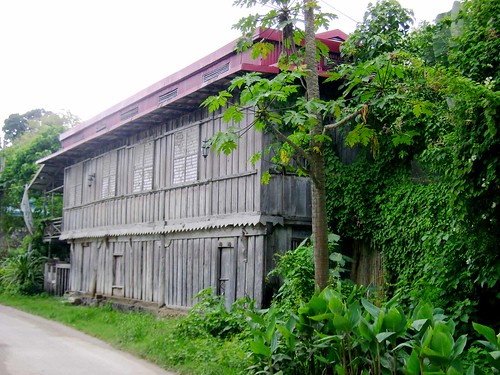 [/caption]
[/caption]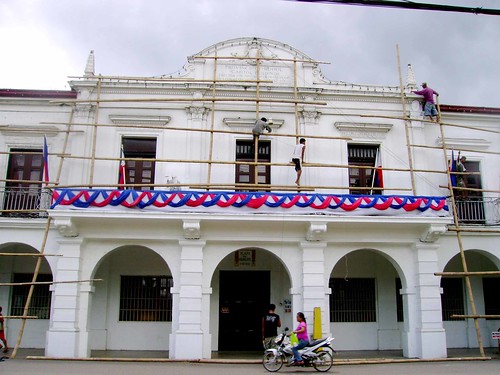 [/caption]
[/caption]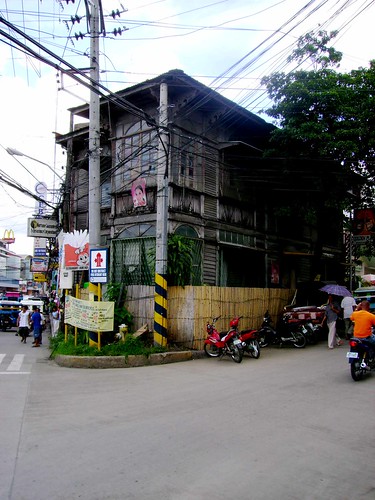 [/caption]
[/caption]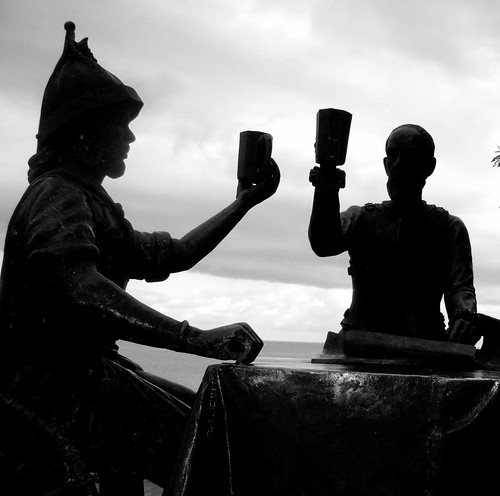 [/caption]
[/caption]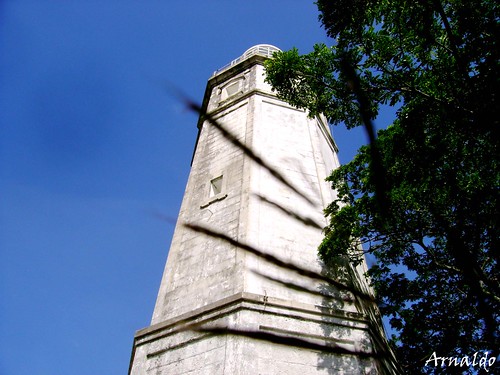 [/caption]
[/caption]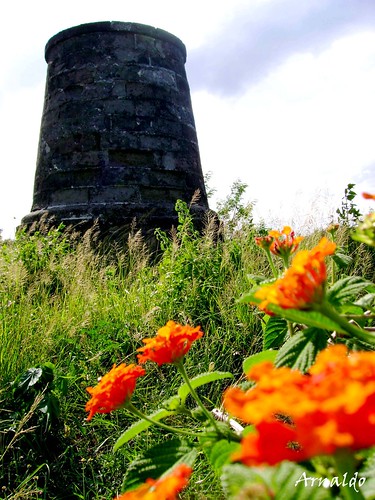 [/caption]
[/caption]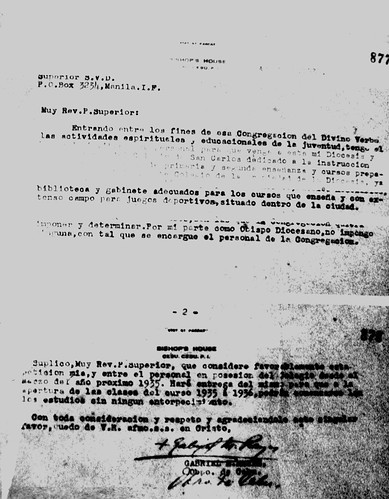 [/caption]
[/caption]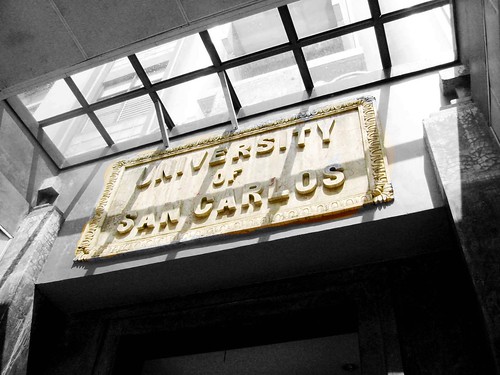 [/caption]
[/caption]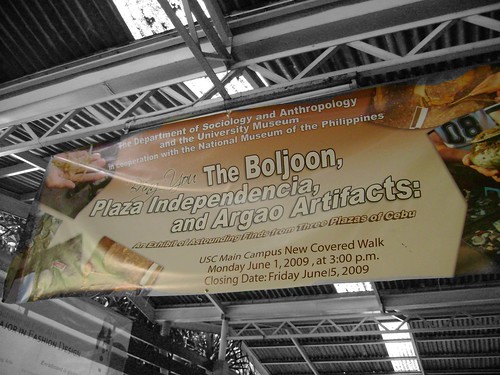 [/caption]
[/caption]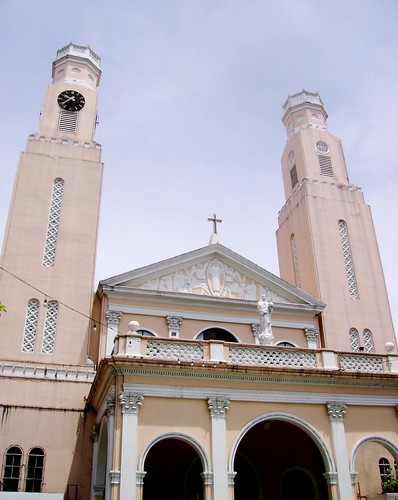 [/caption]
[/caption]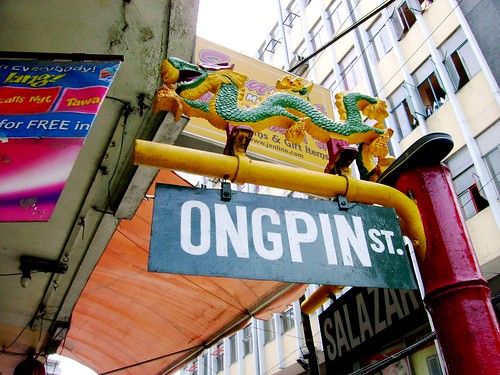 [/caption]
[/caption]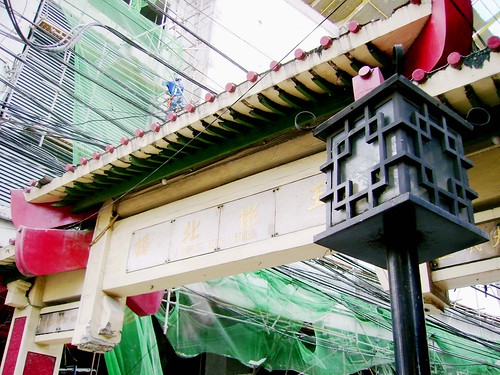 [/caption]
[/caption]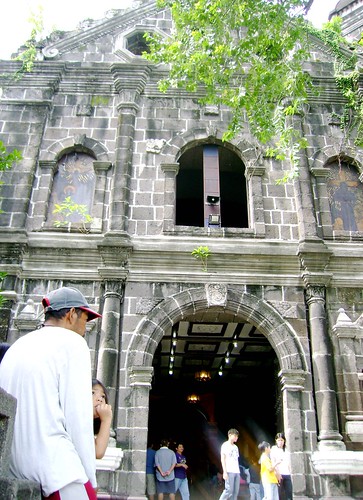
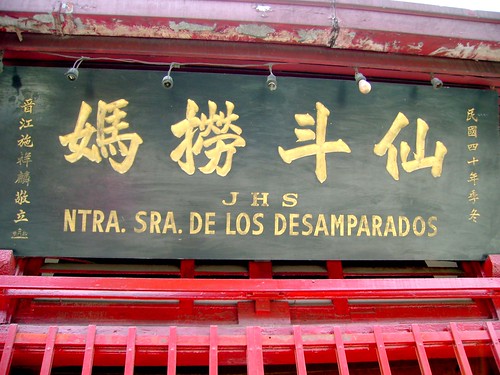
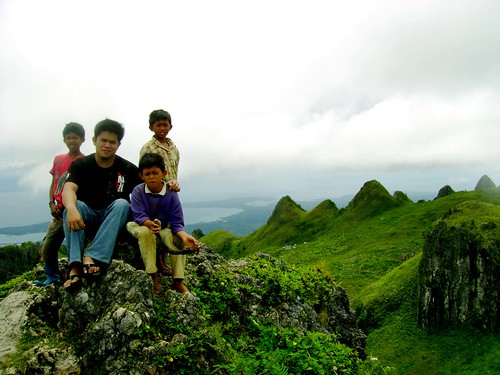
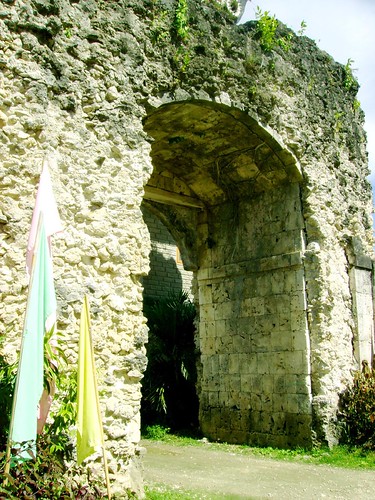
 [/caption]
[/caption] [/caption]
[/caption] [/caption]
[/caption] [/caption]
[/caption] [/caption]
[/caption] [/caption]
[/caption] [/caption]
[/caption] [/caption]
[/caption] [/caption]
[/caption] [/caption]
[/caption] [/caption]
[/caption]
